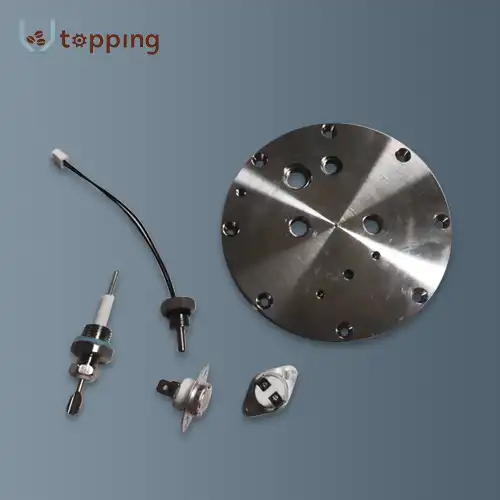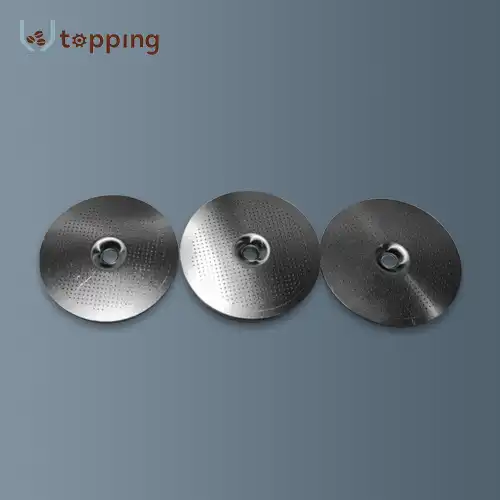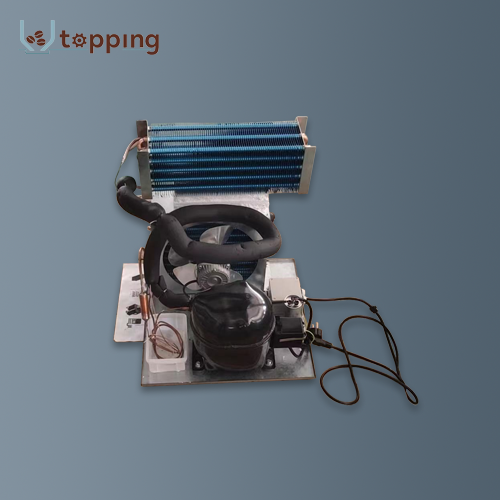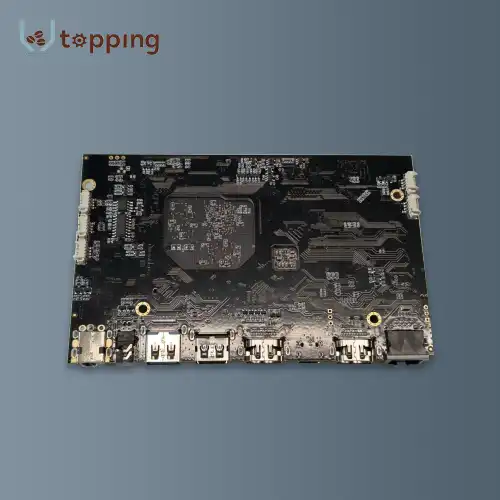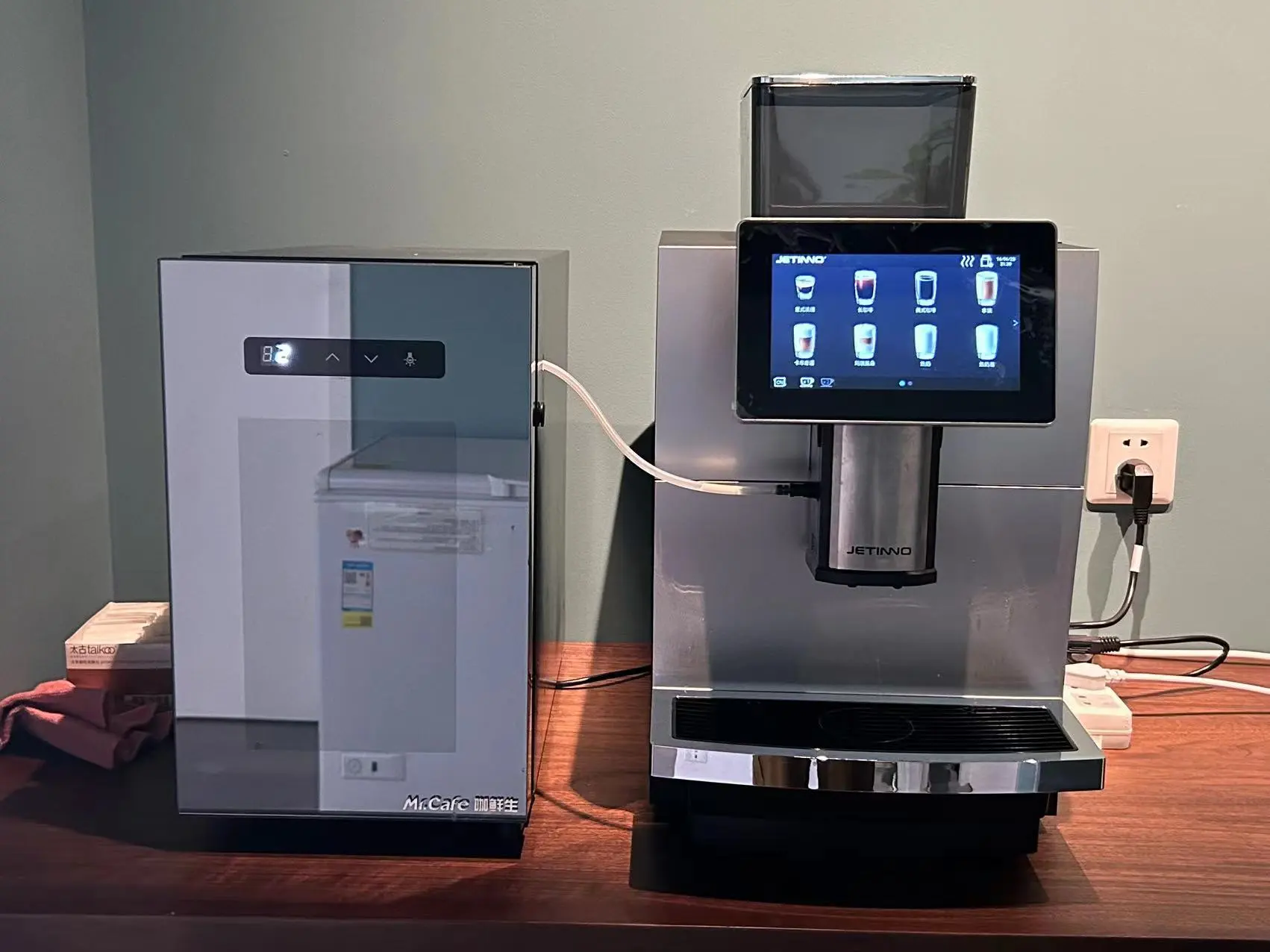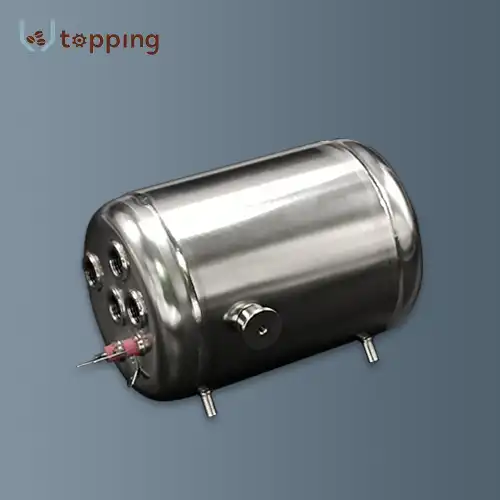How Does Coffee Vending Machine Ingredient Canisters Design Affect Coffee Flavor?
2024-06-28 15:21:06
Introduction
The design of coffee vending machine ingredient canisters plays a pivotal role in determining the flavor and quality of the coffee produced. While the coffee beans themselves are crucial, the canisters that store and dispense these ingredients must be carefully designed to preserve the flavor and integrity of the coffee. This blog will explore the impact of canister design on coffee flavor by addressing three key questions: How does material choice impact coffee flavor? What design features ensure ingredient freshness? How does the canister design affect ingredient mixing and dispensing?
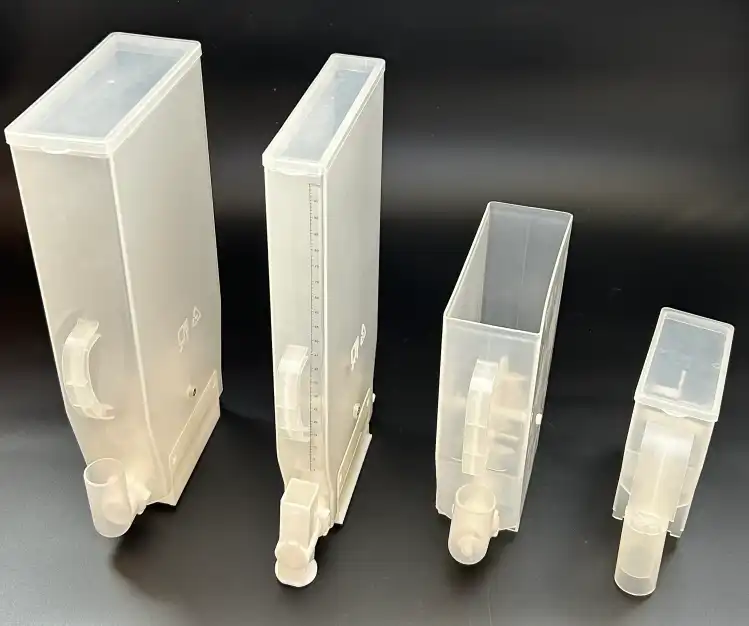
How Does Material Choice Impact Coffee Flavor?
The Role of Food-Grade Materials
The materials used in the construction of coffee vending machine canisters are critical to maintaining the quality of the coffee. Food-grade materials ensure that no harmful chemicals leach into the coffee ingredients, preserving their natural flavors.
Stainless Steel: Stainless steel is a popular choice for powder canister due to its non-reactive nature and durability. It does not absorb odors or flavors, ensuring that the coffee retains its original taste. Additionally, stainless steel canisters are easy to clean and resistant to corrosion, which is important for maintaining hygiene and flavor integrity.
High-Quality Plastics: Some high-quality plastics are also used in coffee canister construction. These plastics must be BPA-free and designed for food storage. They are lightweight and can be molded into various shapes, making them versatile. However, it is crucial to ensure that these plastics do not impart any taste to the coffee, which can be a concern with lower-quality materials.
Glass: While less common in vending machines due to its fragility, glass is another material that does not absorb flavors or odors. It is entirely inert, ensuring that the coffee's flavor remains pure. However, the practical challenges of using glass in vending machines limit its application to more specialized or high-end models.
Impact of Material Quality
The quality of the material directly impacts the coffee flavor by influencing how well the canister protects the ingredients from external factors like air, moisture, and light.
Airtightness: High-quality materials are often used in conjunction with airtight seals to prevent oxygen and moisture from entering the canisters. Exposure to air and moisture can cause coffee to go stale and lose its flavor. Airtight canisters help preserve the coffee’s freshness and taste.
Temperature Regulation: Materials that provide good insulation help maintain a stable temperature inside the canister, protecting the coffee from temperature fluctuations that can degrade its flavor. Stainless steel, for instance, offers better insulation compared to plastic, maintaining a consistent environment for the coffee beans or grounds.
Odor Resistance: Materials that do not absorb odors from the surrounding environment ensure that the coffee's aroma and flavor are not compromised. This is particularly important in settings where the vending machine might be exposed to various smells.
What Design Features Ensure Ingredient Freshness?
Airtight Seals and Lids
Airtight seals and lids are essential design features that help maintain the freshness of the ingredients stored in the canisters.
Rubber Gaskets: Many canisters are equipped with rubber gaskets that create a tight seal when the lid is closed. This prevents air and moisture from entering the canister, which can lead to the degradation of coffee flavor.
Locking Mechanisms: Some canisters feature locking mechanisms that ensure the lid stays securely closed, further enhancing the airtight seal. This is particularly important in high-traffic areas where the vending machine may be frequently accessed.
Light-Blocking Designs
Exposure to light can accelerate the degradation of coffee, causing it to become stale and lose its flavor. Canisters designed to block light help preserve the coffee's quality.
Opaque Materials: Using opaque materials for coffee vending machine ingredient canisters prevents light from penetrating and affecting the coffee. Stainless steel and certain high-quality plastics are effective in blocking light.
Tinted Glass: For canisters that incorporate glass, a tinted design can help reduce light exposure while still allowing visibility of the contents.
Temperature Control
Maintaining a stable temperature inside the canisters is crucial for preserving coffee flavor. Design features that support temperature control can significantly enhance the quality of the coffee.
Insulated Canisters: Canisters with insulated walls help maintain a consistent temperature, protecting the coffee from external temperature fluctuations. This is particularly important in environments where the vending machine might be exposed to varying temperatures.
Cooling Systems: Some advanced vending machines incorporate cooling systems that help keep the coffee beans or grounds at an optimal temperature. This is especially beneficial for preserving the flavor of freshly ground coffee.
Moisture Control
Preventing moisture from entering the powder canister is vital for maintaining the coffee's flavor. Design features that address moisture control can help extend the shelf life of the ingredients.
Desiccant Packs: Some canisters are designed to accommodate desiccant packs, which absorb excess moisture and help keep the contents dry. This is particularly useful for milk powder and sugar, which can clump and spoil when exposed to moisture.
Moisture-Wicking Materials: Certain materials used in the construction of canisters can help wick away moisture, ensuring that the contents remain dry and fresh.
How Does the Canister Design Affect Ingredient Mixing and Dispensing?
Precision in Dispensing Mechanisms
The design of the dispensing mechanisms in coffee vending machine canisters directly affects the consistency and quality of the coffee.
Consistent Measurement: Accurate and consistent measurement of ingredients is crucial for maintaining the desired flavor profile of the coffee. Canisters with well-designed dispensing mechanisms ensure that the correct amount of coffee, milk powder, and sugar is dispensed every time.
Smooth Flow: Dispensing mechanisms should allow for a smooth and continuous flow of ingredients. Any blockage or interruption can result in inconsistent coffee quality. Features such as anti-clogging designs and smooth surfaces help facilitate easy dispensing.
Mixing Efficiency
Efficient mixing of ingredients within the canister ensures that the coffee flavor is consistent and well-balanced.
Agitators: Some canisters are equipped with agitators that help mix the ingredients thoroughly before dispensing. This is particularly important for ingredients like milk powder, which can settle and clump over time.
Even Distribution: The design of the canister should ensure even distribution of ingredients. Canisters with a funnel-shaped bottom or angled surfaces help direct the ingredients towards the dispensing mechanism, ensuring that they are mixed uniformly.
Ease of Use and Maintenance
The ease of use and maintenance of the canisters also plays a role in the overall quality of the coffee.
User-Friendly Design: Canisters that are easy to refill, clean, and maintain help ensure that the coffee machine is always operating at its best. Features such as wide openings, clear labeling, and ergonomic handles contribute to a user-friendly design.
Hygienic Construction: The construction of the canisters should facilitate easy cleaning and maintenance. Smooth surfaces, detachable parts, and dishwasher-safe materials help ensure that the canisters can be cleaned thoroughly, preventing the buildup of residues that can affect coffee flavor.
Conclusion
The design of coffee vending machine ingredient canisters has a significant impact on the flavor and quality of the coffee produced. From the choice of materials to the features that ensure ingredient freshness and efficient mixing and dispensing, every aspect of the canister design plays a role in preserving the coffee's flavor. By understanding and optimizing these design elements, manufacturers and operators can ensure that their coffee vending machines consistently deliver high-quality, great-tasting coffee.
References
1.Real Simple. (2023). How to Store Coffee: We Settle the Pantry vs. Freezer Debate. Retrieved from Real Simple.
2.Taste of Home. (2018). How to Make a Good Cup of Coffee (8 Tips from a Barista). Retrieved from Taste of Home.
3.Tasting Table. (2022). Why It's So Important To Store Cold Brew Coffee In An Airtight Container. Retrieved from Tasting Table.
4.Food Revolution Network. (2024). Food Storage & Preservation: How To Store Food Properly. Retrieved from Food Revolution Network.
5.Coffee Affection. (2021). How Long Does Coffee Last? Your Coffee Questions Answered. Retrieved from Coffee Affection.
6.Perfect Daily Grind. (2020). How Should You Store Coffee Beans? Retrieved from Perfect Daily Grind.
Send Inquiry
Related Industry Knowledge
- What Are the Most Commonly Replaced Coffee Vending Machine Spare Parts?
- How stable is Control Board For Vending Machine over different temperature and voltage ranges?
- What Kind of Motor in Coffee Grinder?
- How Much Power Does a Coffee Grinder Use?
- How Do You Fix a Coffee Grinder Motor?
- How Long to Coffee Grinder Motors Last?
- Coffee machine pump pressure
- What Is a Hopper on a Coffee Machine?
- What Are Coffee Vending Machine Ingredient Canisters Made Of?
- What is a Vending Coffee Machine Water Tank?

.webp)
.webp)
